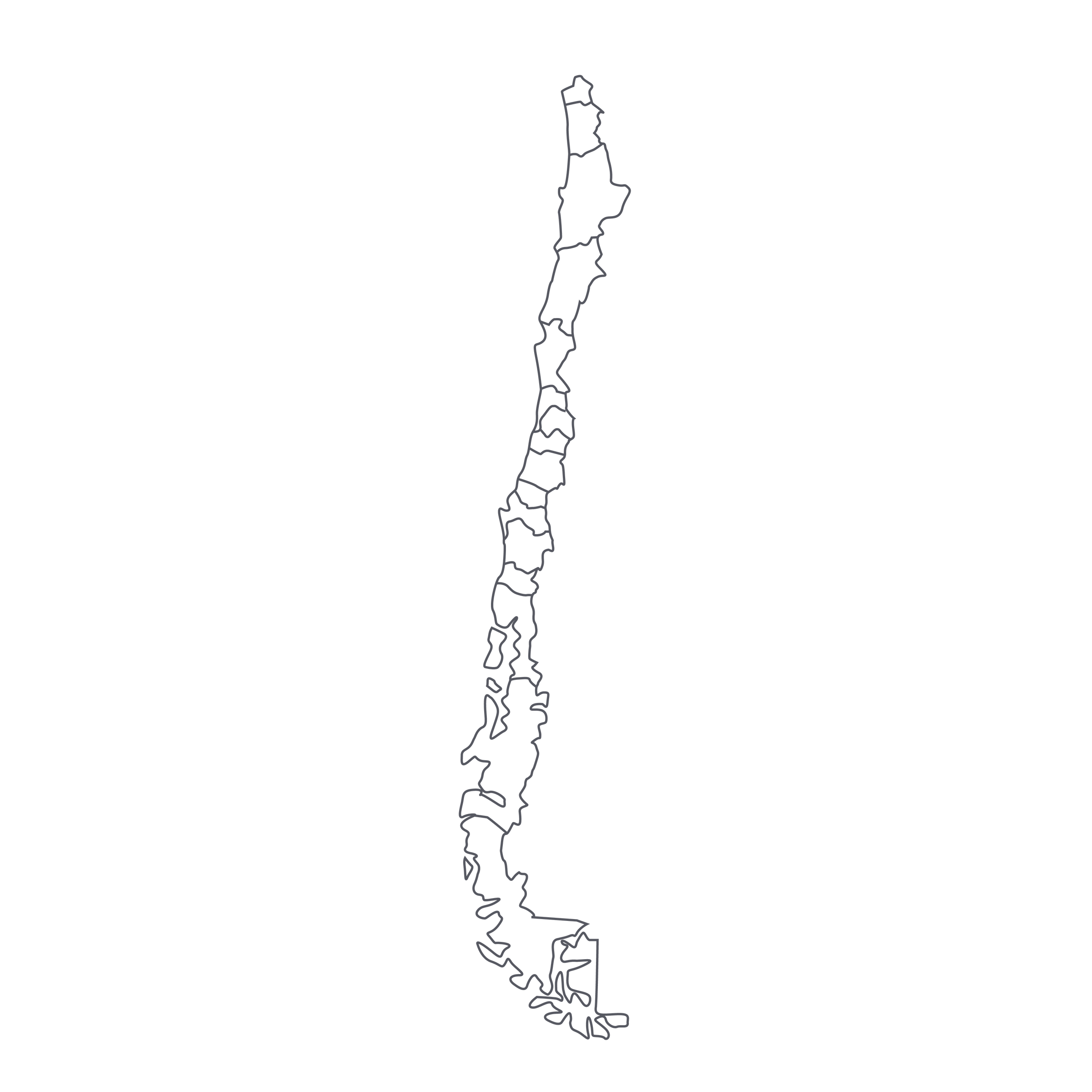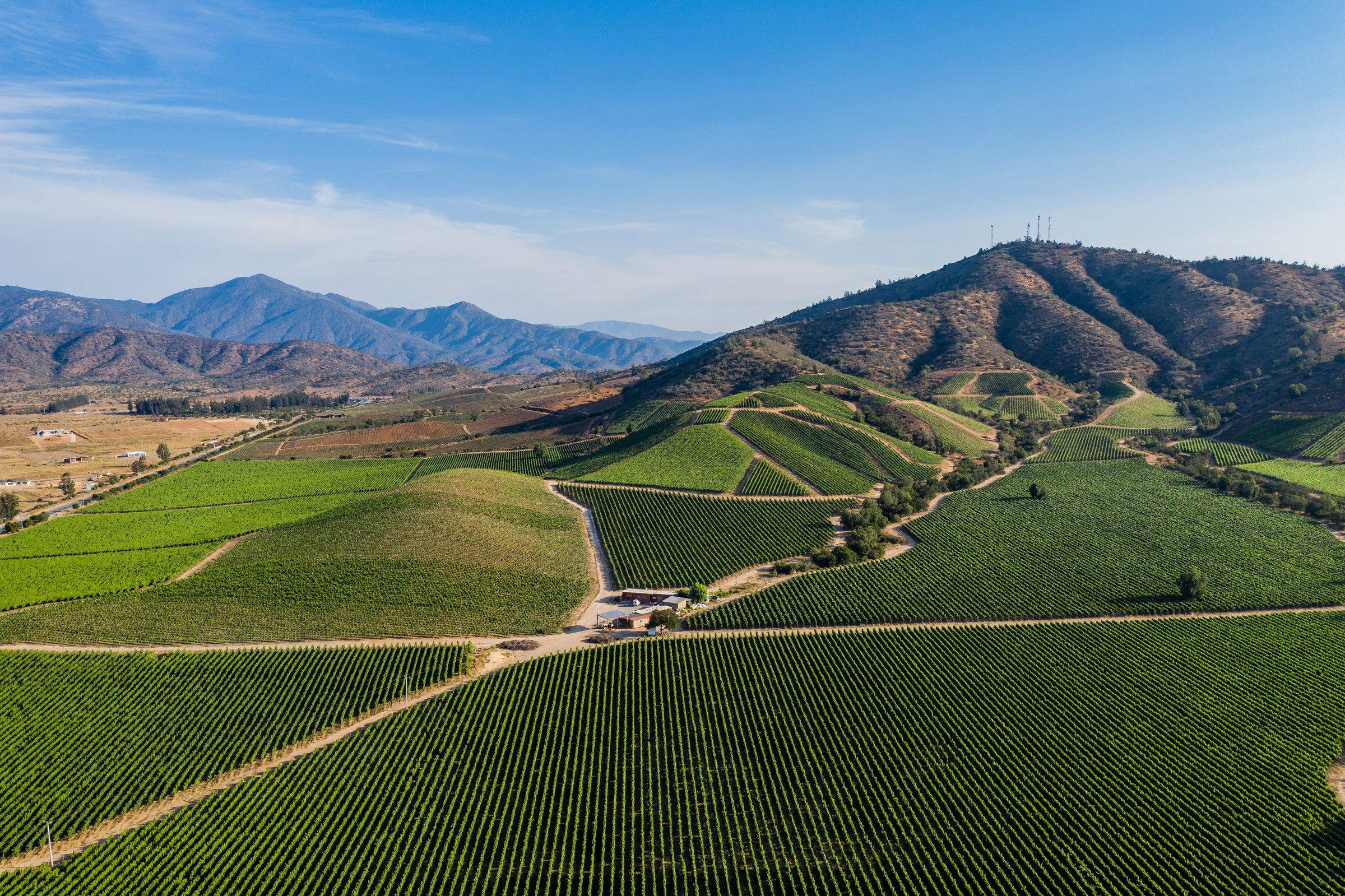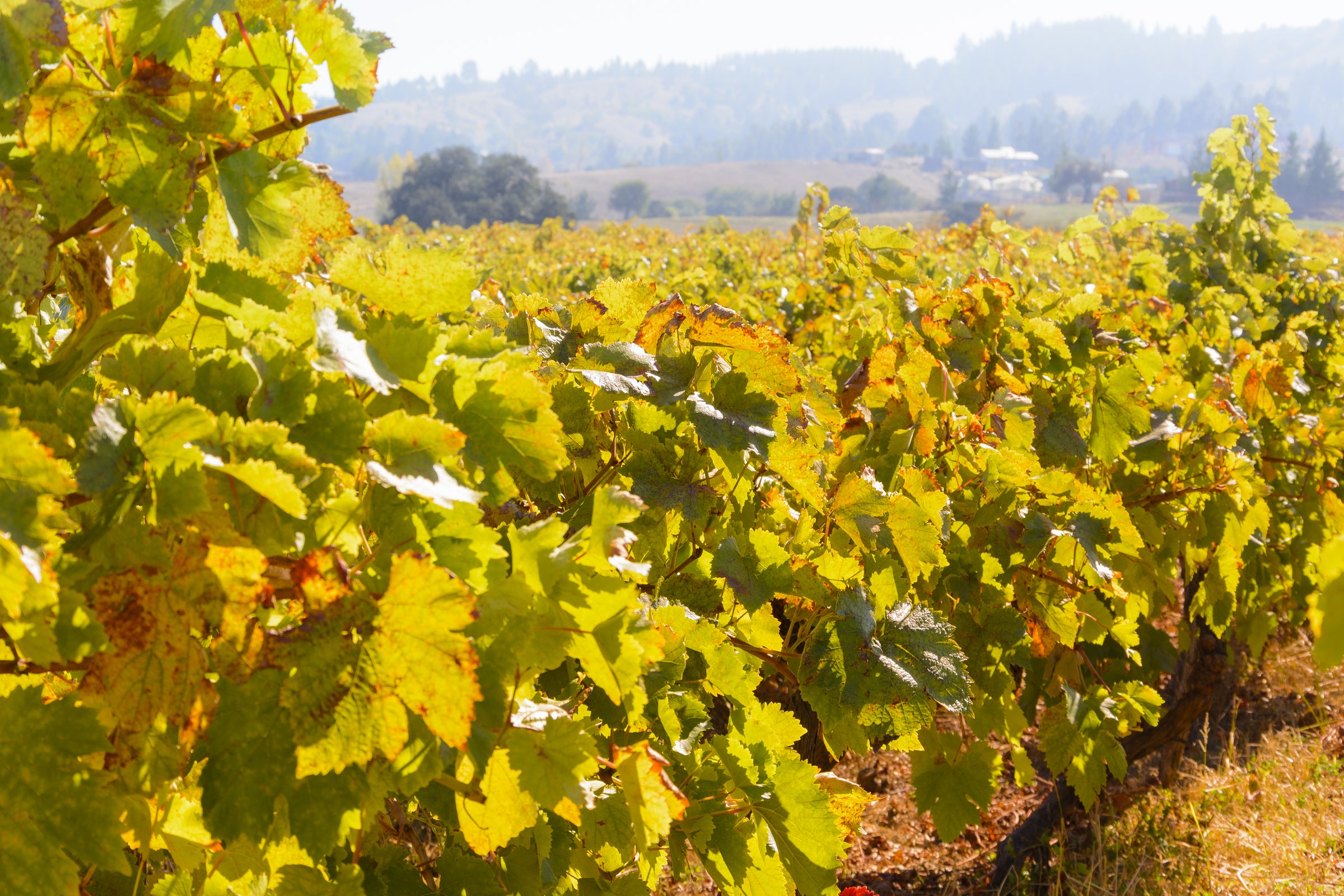The first thing I thought when I tasted this wine was: How are we not offering more Chilean red wines on this site? There was a time, not long ago, when Chilean (and Argentine) wine was the height of fashion, but these days, not so much. One group that never gave up on Chile was the French, and more specifically, some of the greatest winemakers and châteaux of Bordeaux, who seized upon opportunities in the 1990s (as Chile re-emerged as a democracy after the Pinochet dictatorship) and haven’t looked back.
Of course, the other group that didn’t give up on Chile was the Chileans: Casas del Toqui was originally founded in 1994 by Bordeaux’s Château Larose-Trintaudon, which partnered with a group of local growers in the Cachapoal Valley, the northern sub-section of the Rapel Valley south of Santiago. The Court family of Chile has since acquired the estate, and has undertaken the hard work of competing with Chile’s “big three” wine producers—Concha y Toro, Santa Rita, and San Pedro. With the help of dynamic West Coast importer, I was introduced to “Gran Toqui”—only about 100 cases which made it to the US, a drop in the ocean by Chilean standards—and I came away inspired. This is a Cabernet that combined the richness and structure of top Napa Reds with some of the deep old-school savor of Left Bank Bordeaux. Chile is a world-class terroir rich in heirloom vines and a host of passionate, small-scale producers itching to be discovered. This 2013 Cabernet Sauvignon makes a convincing case, and it is shockingly under-valued at $24—for those of who’ve enjoyed our recent string of direct-import Bordeaux bargains, this exceptional New World Cabernet is right in your wheelhouse.
The Cachapoal Valley is about 100 kilometers south of the Chilean capital, Santiago, flanked by the Maipo Valley to the north and Colchagua to the south. This series of valleys in Central Chile share similar characteristics—namely, rivers flowing on an east-west axis from the foothills of the Andes to the Pacific Ocean. Like Colchagua to the south (the two valleys together are often grouped under the Rapel Valley banner), Cachapoal’s climate is described as “Mediterranean,” although it is subject to broad diurnal temperature shifts thanks to the influence of the Pacific. And while it is in a different hemisphere, it has a lot in common with the Napa Valley, with similar alluvial gravel/loam soils, light intensity, and climate.
Although it’s not as well-known as most of Maipo or Colchagua’s subregions, Cachapoal is definitely one of Chile’s “classic” regions and a proven terroir for the Bordeaux varieties. The vineyards of Chile, thanks in large part to their physical isolation, have never been plagued by phylloxera, meaning that they never required grafting over to “other” rootstocks such as the American vitis labrusca, which replaced vitis vinifera in much of Europe when phylloxera wiped out its vineyards at the end of the 19th century. While there’s nothing to indicate that ‘pre-phylloxera,’ or ‘own-rooted,’ vines make better wine, you can certainly appreciate the heritage being preserved in the vineyard of Chile. Many consumers still think of Chile as a “new” wine frontier; it is anything but, as this 2013 from Casas del Toqui so vividly reminded me.
I honestly can’t say I’ve encountered this level of structure and breed at this price anywhere else in the world. Comprised of 90% Cabernet Sauvignon, 5% Petit Verdot and 5% Syrah aged in oak for 14 months, the 2013 “Gran Toqui” is an opaque purple-ruby, almost black at its core, moving to magenta at the rim. The aromas are powerful and quintessentially Cabernet: cassis, black plum, boysenberry, blackberry, anise, coffee, cocoa, wet clay and a dried herb/mint note that often shows up in top-tier Chilean reds. It is full-bodied without being syrupy or sweet, with good balancing acidity, fine-grained tannins, and a dark, meaty, pencil-lead savor that makes you crave a well-aged, double-cut ribeye cooked medium-rare (or less). It is ready to drink now with about 30 minutes of air in a decanter; serve it at 60 degrees in Bordeaux stems (to mitigate its alcohol and heighten its fruit), and don’t hesitate to put it in head-to-head competition with some more-expensive Cabernets. I’m supremely confident that it will impress, and I suspect there are other insane values like this to be found in Chile. Needless to say, I’m on the case. Cheers!




